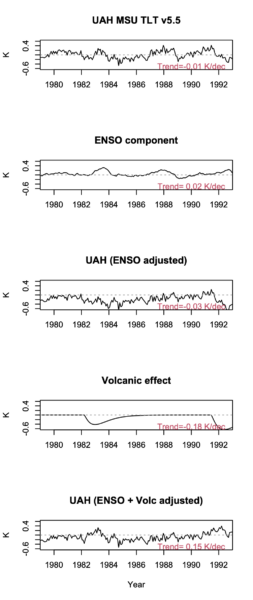In honor of the revelation today, that Koonin, Christy and Spencer have been made Special Government Employees at the Dept. of Energy, we present a quick round up of our commentary on the caliber of their arguments we’ve posted here over the last decade or so.
TL;DR? The arguments are not very good.
[Read more…] about Melange à Trois